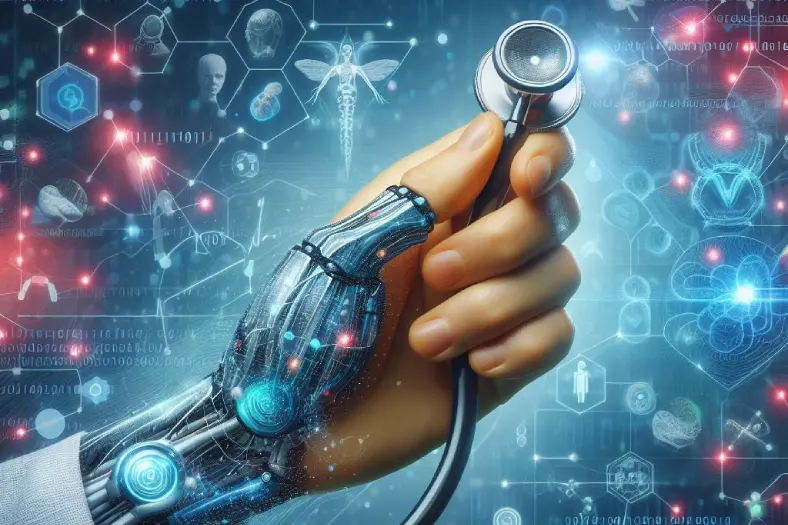There’s no denying the fervor surrounding digital disruption in healthcare. The industry is abuzz with the potential of artificial intelligence (AI), big data, and other digital tools to revolutionize patient care. But are we setting ourselves up for disappointment by holding these technologies to an impossible standard?
A key metric used to gauge progress is the digital disruption index. While it offers a snapshot of how different industries are embracing digital transformation, it often paints an incomplete picture. The problem lies in how we measure success. We tend to evaluate AI and digital healthcare solutions against a benchmark of perfection, a target that even humans consistently miss.
Consider this: the error rate in medicine currently hovers around 10-12% [1], while seemingly small, can have significant implications in terms of patient outcomes and healthcare efficiency. Yet, when we evaluate digital technology and AI, we often hold them to a standard of absolute perfection, overlooking the fact that these tools are designed to augment, not replace, human capabilities. To put the 10-12% error rate in perspective, consider industries like aviation or nuclear power, often cited as exemplars of high reliability. The aviation industry, for instance, has an accident rate of about 1.2 accidents per million flights as of 2020, according to the International Air Transport Association (IATA). While this rate is commendably low, it’s important to note that it’s not zero – yet, the industry is still regarded as highly reliable and safe [2]. Even the seemingly mundane act of driving carries a human error rate of roughly 3% [3]. In nuclear power, the World Association of Nuclear Operators (WANO) reports exceedingly low rates of significant incidents. However, similar to aviation, the goal is risk minimization, not absolute risk elimination. These sectors are celebrated for their safety records, despite not achieving absolute perfection. They understand that while the aim is to reduce errors as much as possible, a zero-error rate is an unrealistic expectation.
The crux of the issue with AI and digital technology in healthcare is the misalignment between expectations and reality. We expect these technologies to perform flawlessly, even when the tasks they are designed to perform are complex and nuanced, often requiring a level of contextual understanding that AI is still developing. This expectation is paradoxical, especially when the existing human-led processes they are meant to improve or support are inherently imperfect.
These comparisons highlight a crucial point: achieving absolute perfection is not the hallmark of progress in complex systems. The true value of AI and digital healthcare lies in their ability to reduce human error, not eliminate it entirely. Their benefits are substantial, yet they are often overshadowed by the focus on the technology’s inability to achieve perfection.
To truly harness the potential of AI and digital technology in healthcare, we must shift our paradigm. Instead of measuring these tools against a standard of perfection, we should assess them based on their ability to enhance system reliability, improve patient outcomes, and reduce the overall error rate in healthcare. This approach acknowledges the value of technological augmentation in a field where the human element, with all its expertise and empathy, remains indispensable.
The path forward lies not in chasing a utopian ideal of perfection, but in embracing the potential of AI and digital tools to make healthcare measurably better, even if it’s not perfect.
References:
- Brennan, TA. (2016). To Err Is Human: Building a Safer Health System. National Academies Press. https://nap.nationalacademies.org/catalog/9728/to-err-is-human-building-a-safer-health-system
- Reason, J. (1997). Managing the Risks of Organizational Accidents. Ashgate. https://api.pageplace.de/preview/DT0400.9781134855353_A26566096/preview-9781134855353_A26566096.pdf
- National Highway Traffic Safety Administration (NHTSA). (2022). Traffic Safety Facts: A Compilation of Motor Vehicle Crash Data. https://www.nhtsa.gov/



0 Comments